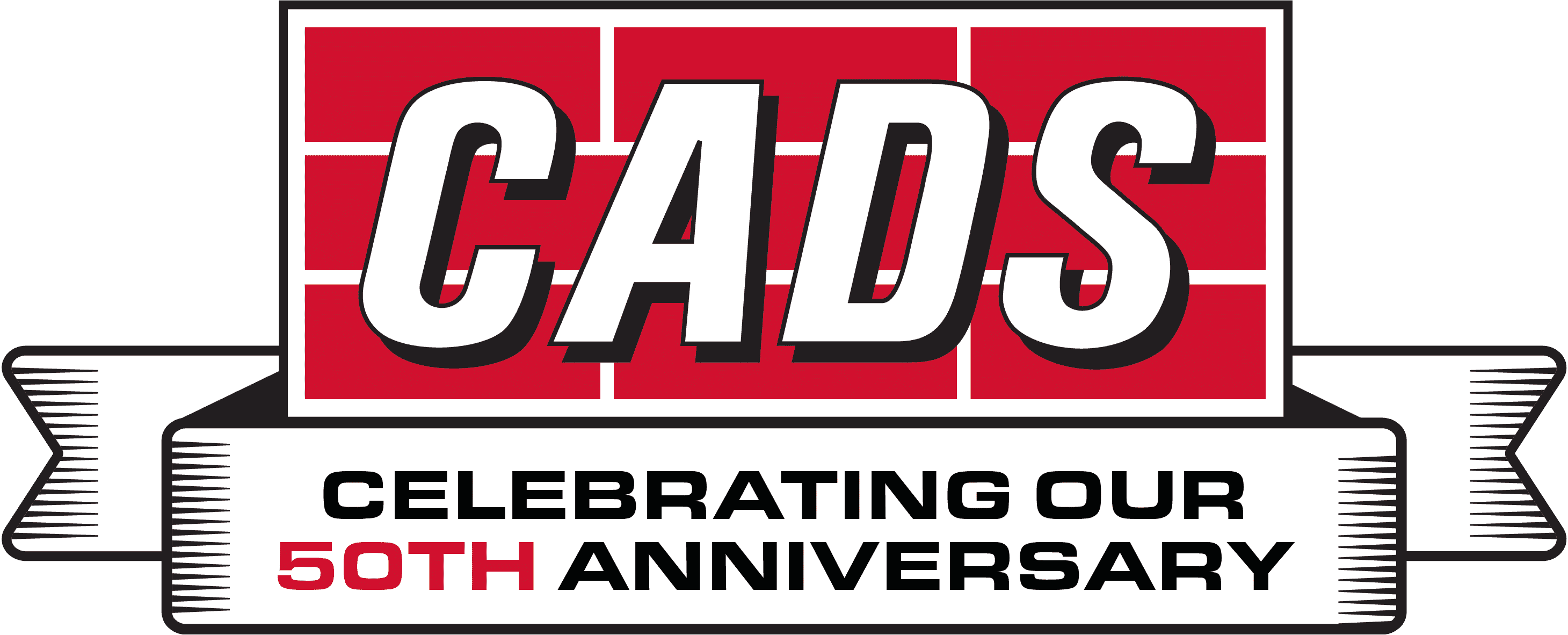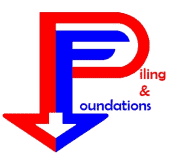澳洲幸运5168正规官网开奖结果_幸运官网开奖记录|历史记录查询2024_幸运五官网网站入口_澳洲幸运五全年开奖历史 CADS is a leading international software company specialising in civil and structural engineering design and detailing software
澳洲幸运官方网站登录-开奖结果走势图|澳洲5期开奖结果历史查询_开奖官网结果_幸运五官方APP下载 As well as creating world class software CADS also provides RC detailing, Design and BIM modelling services.
Try the software out for yourself
Want to see our software?
Want to speak to our team
168澳洲幸运5开奖官网开奖下载:今晚开奖结果查询+澳洲5开奖官网结果 Support & learning
Information to help you get the most out of our software.
Latest news





















